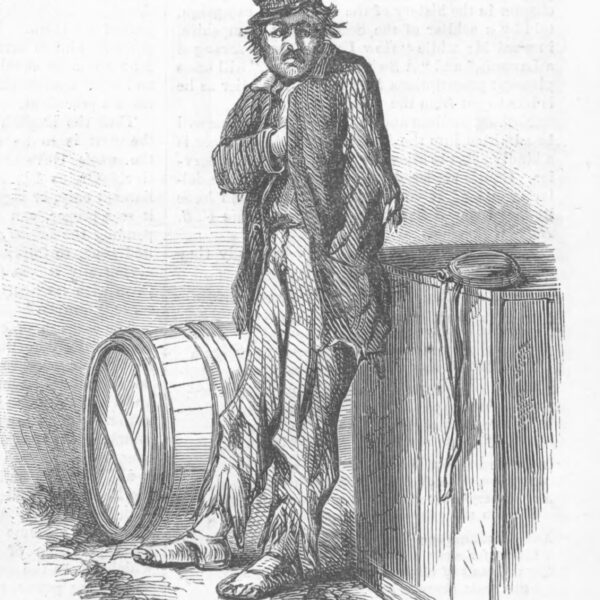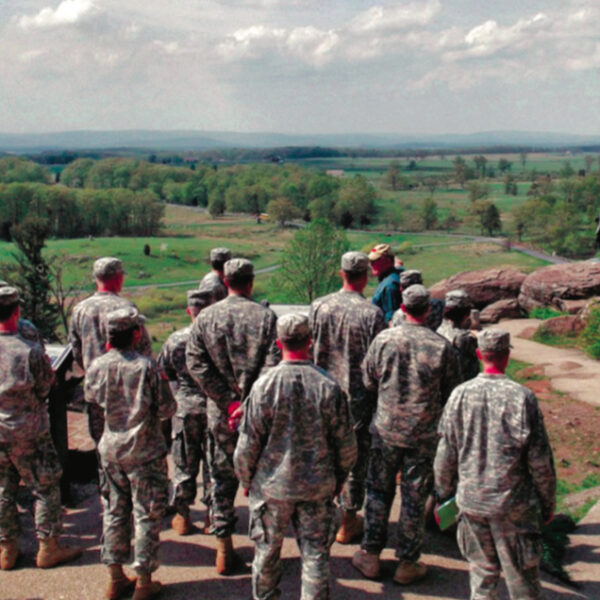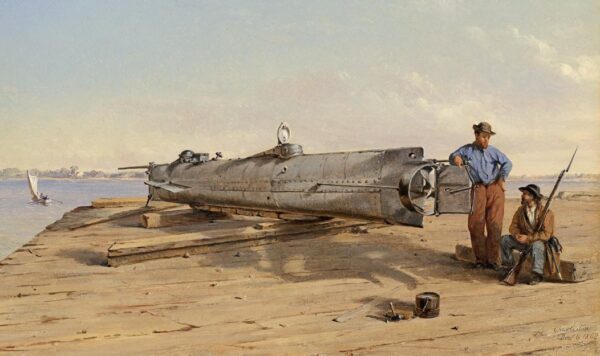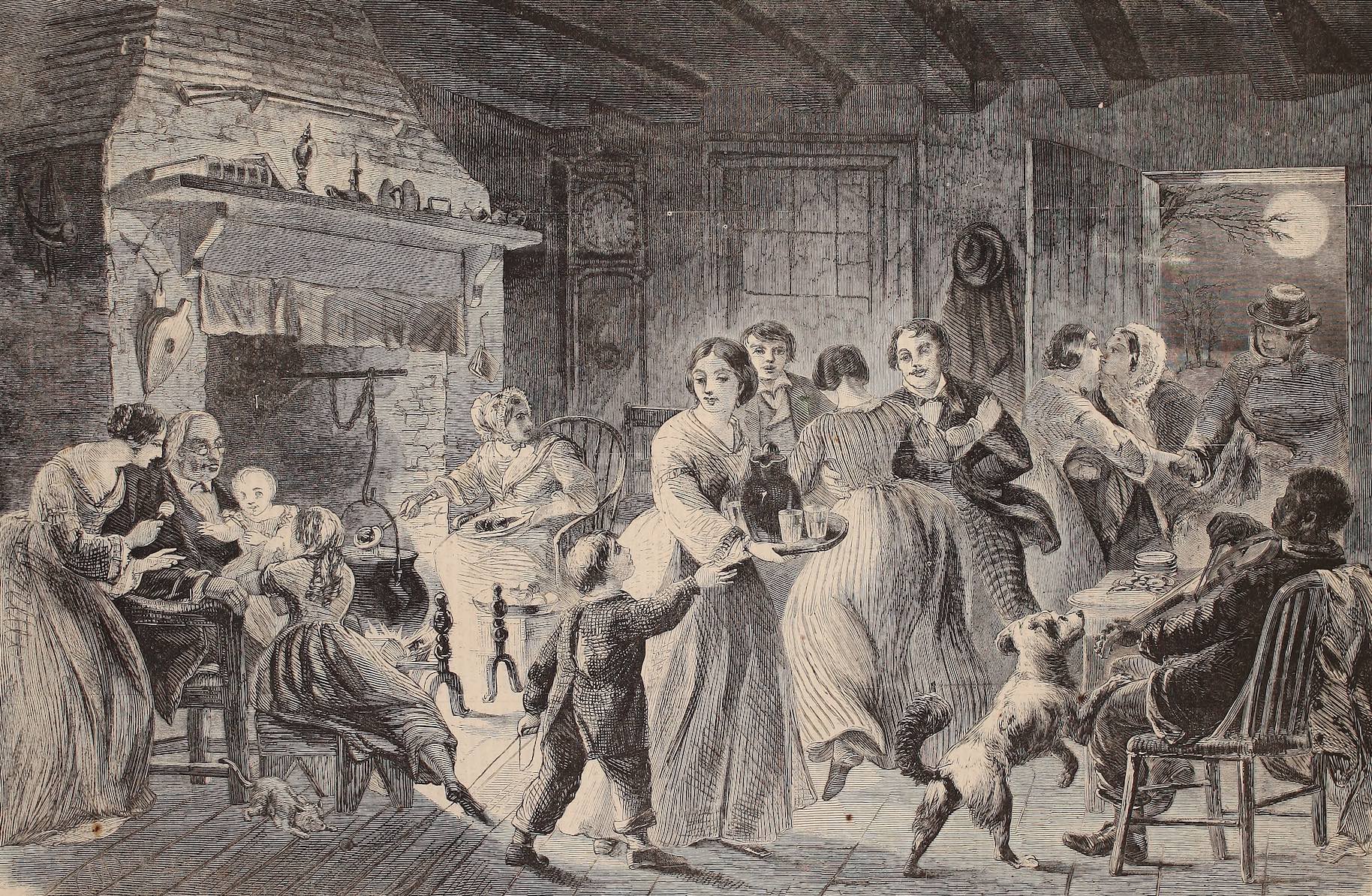 Harper's Weekly
Harper's WeeklyThis illustration from Harper’s Weekly depicts a “country” family celebrating the holidays in 1860.
With the holiday season stowed in our memories, we can ruminate on what is, on closer inspection, a familiar forum for public history: the family circle. The chaos of holiday travel, visitations, and celebrations should not overwhelm the opportunities big and small to refresh our familial history. Breaking bread with relatives can also feed our familial connections to the past. More often than not those who share the family history aren’t themselves historians, but are just as invested in familial stories as any public historian at any historic site or battlefield. Through the mediums of food, place, and culture, we can preserve the relevance and understanding of family history that we might otherwise have lost. In this spirit James Baldwin encouraged his readers to “go back to where you started, or as far back as you can, examine all of it…. Sing or shout or testify or keep it to yourself: but know whence you came.”
I once heard a colleague at a regional historians’ conference say that his preferred place to meet and converse was over lunch. Practicing that in our own homes offers endless possibilities for historical discussions. Food is a biological necessity, and bonding over cuisine can be a gateway to discussing foodways connected to the past. Sharing dialogue at the table is natural in nearly every culture. As culinary historian Michael W. Twitty put it, there “is no chef without a homeland…. [Y]our plate is your flag.” Much as the historical discussion can be directed by our olfactory senses, Twitty notes, “our most pungent memories are carried through food, just as connections to our ancestors are reaffirmed by cooking the dishes handed down to us.”
Over the holidays I got to chat with a multitude of my elders and my peers; each discussion centered around family members now gone. Most of the family gathering consisted of sifting through old photographs on my cousin’s laptop while attempting to identify those ancestors who left us long ago. Remembrances of my departed grandmother dominated a conversation with my cousin. While my grandmother died young, and our pooled memories of her came to about five years of her life, her legacy lives in the stories passed on to us by our elders. In particular, her passion for German food has been handed down through the families. A Christmas gift from my cousin to our mothers consisted of my grandmother’s recipes in her own handwriting, copied and pressed onto a light cloth. This artifact embraced as a piece of public history is a physical manifestation of a multigenerational connection that could spawn discussions for years to come.
As it often does, the conversation narrowed into our family’s connection to Civil War history. While I had no opportunity to ask my grandmother about our familial links to 19th-century America, the archival record has proven sufficient. What started with the question of belonging to a particular community quickly opened into a research rabbit hole branching from known familial connections in my grandmother’s family. Through extensive research alongside my cousin, we discovered a long-lost relative who migrated to Iowa, where he enlisted in the U.S. Army and fought on faraway western Civil War battlefields. This connection reinforced my cousin’s interest not only in our family’s past, but also in our nation’s history.
My experiences working at Civil War sites have always presented opportunities to discuss family history and familial connections to places of conflict and veneration. The battlefield at Franklin, Tennessee, for instance, drew many visitors who connected to the site through stories of their ancestors who fought, and in some cases died, near to the site’s visitor centers. Often times, the heroes of those stories were buried just a short distance from where the visitor stood, in what was once a family cemetery, turned more than a century ago into a resting place for 1,256 Confederate soldiers killed in action or who died in the weeks after the devastating fight on November 30, 1864.
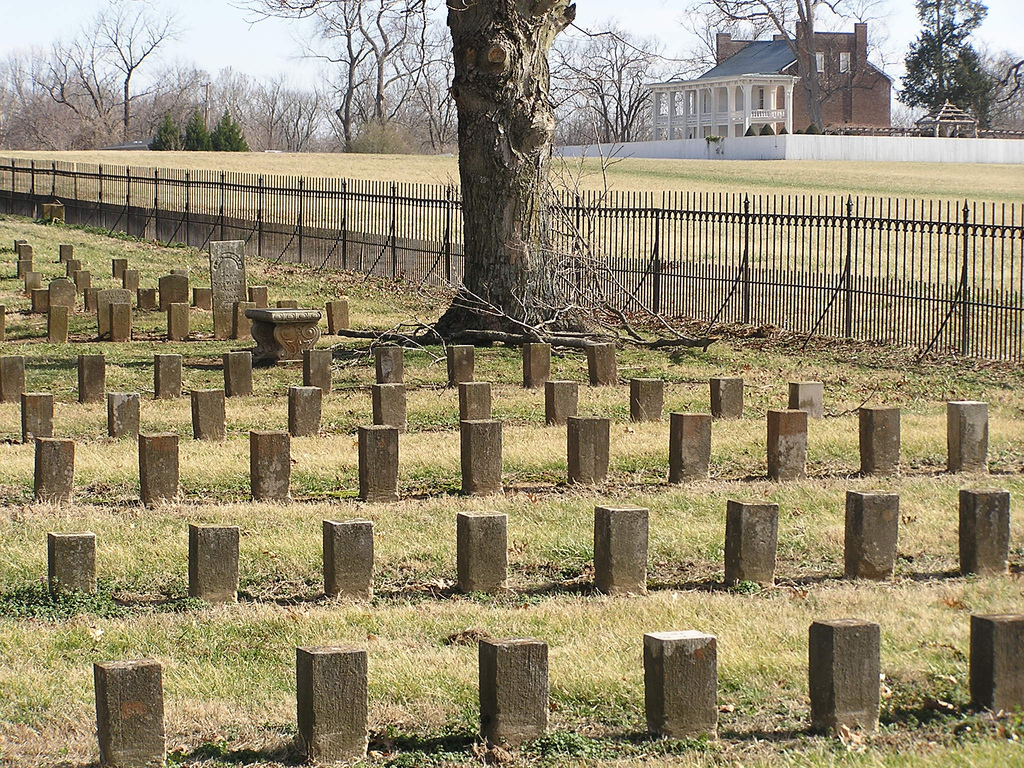 Wikipedia
WikipediaThe McGavock Confederate Cemetery at Franklin, Tennessee
The conversations that center on family histories often make a connection to place. Familial connections continue to attract people to battlefield sites across the country, frequently guiding their entire experience at a historic site, or even to an entire region. In a recent contribution to Southern Living, Tara Massouleh McCay noted an uptick in heritage travel, “in which travelers explore their roots by visiting destinations that have meaning to either their heritage or family history.” Gettysburg, for example, receives countless visitors drawn to the landscape by stories of their ancestors. The soldiers who marched and fought and died among the rocky Pennsylvania foothills are memorialized through the efforts of the National Park Service and partner organizations—but their stories are often kept alive through conversations among their descendants. Such narratives are components for growing interpretation and can influence the perspectives and experiences of visitors.
Similarly, descendants of Africans and African Americans who were enslaved and later freed in the South Carolina Sea Islands are highly interested parties, valued partners, and appreciated assets in the ongoing research related to the Civil War and Reconstruction eras in the southeastern United States. Lived experience paired with inherited oral traditions provide significant accounts of our country’s tumultuous history. The ongoing discussions of race and oppression in America, for example, are as weighty as those around preserving cultural traditions, language, foodways, and familial identity. The shared experiences in this case provide a direct link from past to present.
As happens on battlefield lands, the effort to connect with the past there in South Carolina means visiting familial origins, sites of enslavement, and sites of emancipation. On the issue of land rights, members of the Sea Islands’ Gullah Geechee community, for example, can trace the ownership of their property to those who worked, purchased, and fought for one thing they had been denied for generations—a place to call their own. This connection is not just geographical but palpable, and drives descendant communities’ efforts to preserve ancestral land. Many parcels have been in their families since the 1860s. While people call these plots home, increasingly intrusive developments and time-share housing along the coast threaten their bond to family acreage. Public history understands and empathizes with the need to connect to ancestral spaces.
There are many ways to connect familial ties with the past. Food, land, language, shared narratives—all ways we can tether ourselves to history. The simple act of talking with our elders, or reminiscing about those who once sat in the vacant chair, embodies some basic facets of public history, facets in which we can all participate. Oral histories, genealogical documentation, and storytelling are the building blocks of interpretation, and can serve the same purpose in our efforts to understand our familial connections to the past and form our collective aspirations for the future. As poet and activist Maya Angelou believed, you “can’t really know where you are going until you know where you have been.” It is why we must continue to ask questions of and about those who have gone before, as it may be our only chance at answers.
Rich Condon is a historian from Pittsburgh, Pennsylvania. He has worked with many sites and organizations including The Battle of Franklin Trust, the National Museum of Civil War Medicine, Soldiers & Sailors Memorial Hall and Museum, Flight 93 National Memorial, Reconstruction Era National Historical Park, and Catoctin Mountain Park. He has written for Civil War Times magazine, The American Battlefield Trust, and Emerging Civil War, and operates the Civil War Pittsburgh blog, focusing on stories related to western Pennsylvania’s role in the Civil War.

